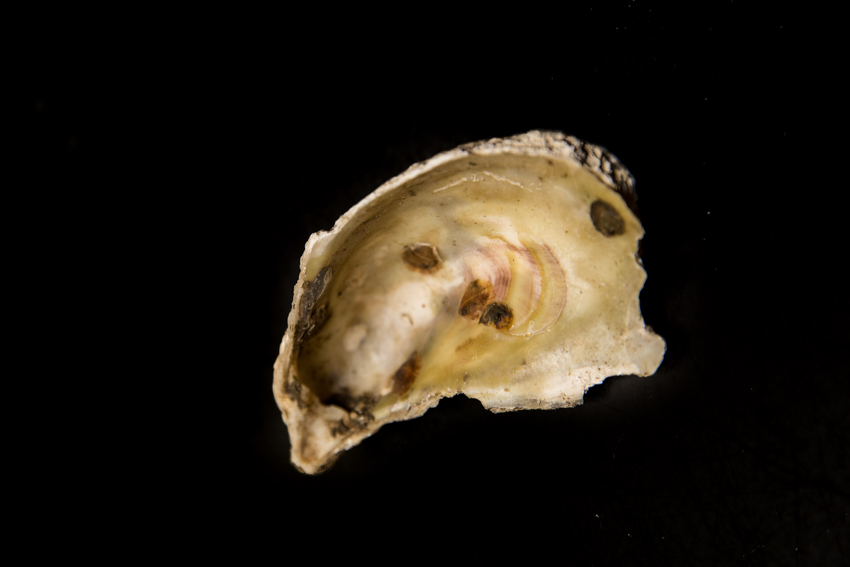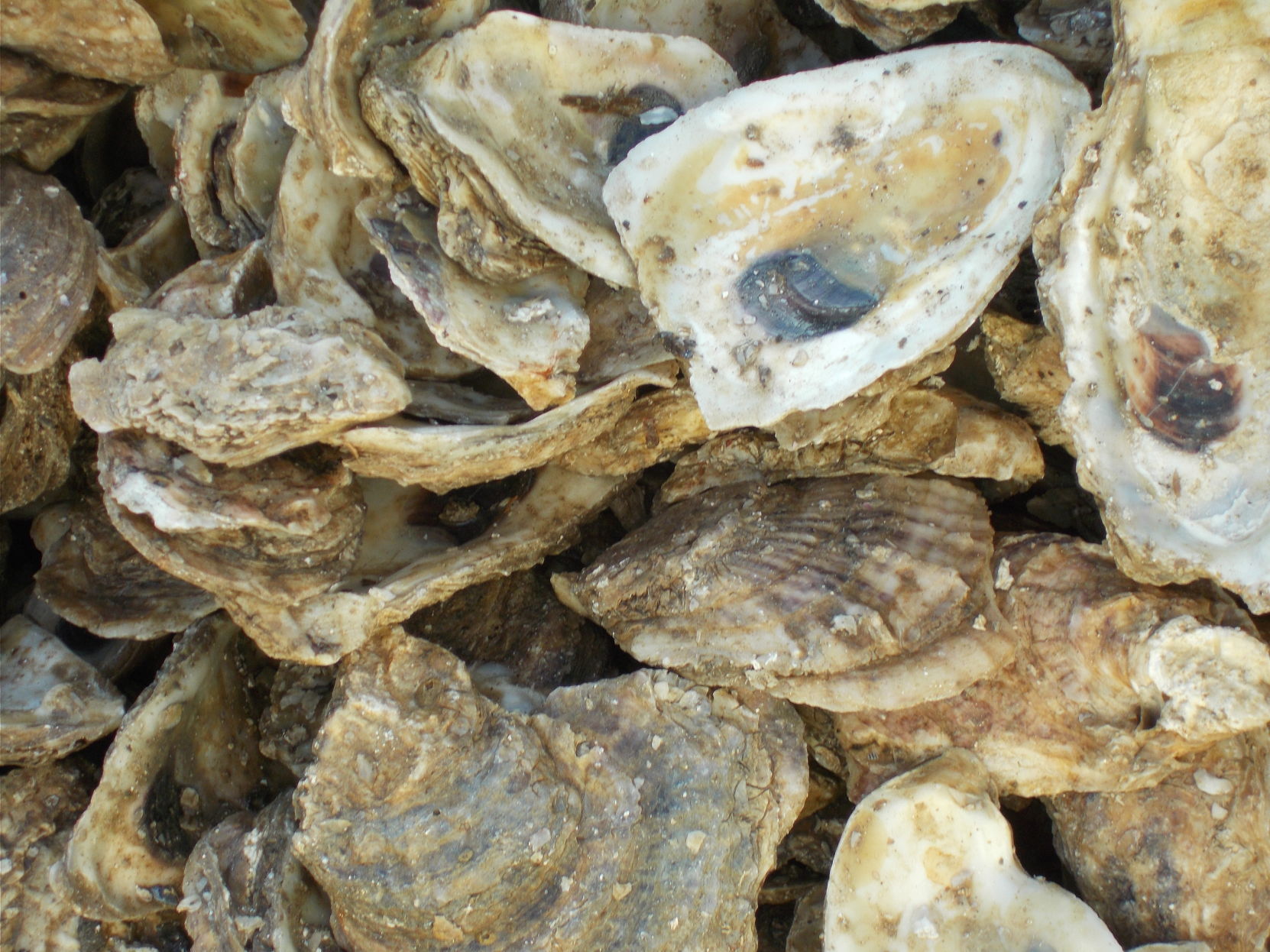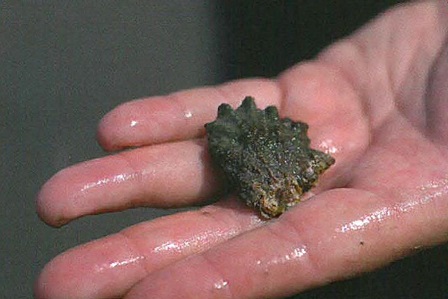

Under average conditions, mature oysters filter 11–45 l (3–12 U.S. gal). Under ideal laboratory conditions, an oyster can filter up to 190 l (50 US gal) of water per day. Oysters feed most actively at temperatures ranging from the high 60s to the high 70s (20–26 ☌). Suspended plankton and non-food particles are trapped in the mucus of a gill, and from there are transported to the mouth, where they are eaten, digested, and expelled as feces or pseudofeces that fall to the bottom and remain out of the water column. Oysters are filter feeders, drawing water in over their gills through the beating of cilia. The larvae develop in about six hours and exist suspended in the water column as veliger larvae for two to three weeks before settling on a bed and reaching sexual maturity within a year. Once her millions of eggs are fertilized, the female discharges them into the water. The gonads surround the digestive organs, and are made up of sex cells, branching tubules, and connective tissue. Because of this, it is technically possible for an oyster to fertilize its own eggs. While some oysters have two sexes (European oyster and Olympia oyster), their reproductive organs contain both eggs and sperm. There is no evidence that oysters have a brain.

Their nervous system includes two pairs of nerve cords and three pairs of ganglia. At the same time, two kidneys, located on the underside of the muscle, remove waste products from the blood. A small, three-chambered heart, lying under the adductor muscle, pumps colorless blood to all parts of the body. In addition to their gills, oysters can exchange gases across their mantles, which are lined with many small, thin-walled blood vessels. Because of its good flavor, it commands high prices. In the Philippines, a local thorny oyster species known as Tikod amo is a favorite seafood source in the southern part of the country.
OYSTER SPAT SHELL HOW TO
Since the beginning of the 20th century, when several researchers discovered how to produce artificial pearls, the cultured pearl market has far outgrown the natural pearl market. In three to seven years, the oyster can produce a perfect pearl.

Pearl farmers can culture a pearl by placing a nucleus, usually a piece of polished mussel shell, inside the oyster. The many different types, colours and shapes of pearls depend on the natural pigment of the nacre, and the shape of the original irritant. Over the years, the irritating object is covered with enough layers of nacre to become a pearl.

In nature, pearl oysters produce pearls by covering a minute invasive object with nacre. Not all individual oysters produce pearls naturally. The largest pearl-bearing oyster is the marine Pinctada maxima, which is roughly the size of a dinner plate. Both cultured pearls and natural pearls can be extracted from pearl oysters, though other molluscs, such as the freshwater mussels, also yield pearls of commercial value. Pearl oysters are not closely related to true oysters, being members of a distinct family, the feathered oysters ( Pteriidae). Pearls can form in both saltwater and freshwater environments. Pearl oysters Īlmost all shell-bearing mollusks can secrete pearls, yet most are not very valuable. Ostreidae evolved in the Early Triassic epoch: The genus Liostrea grew on the shells of living ammonoids. Examples include the European flat oyster, eastern oyster, Olympia oyster, Pacific oyster, and the Sydney rock oyster. This family includes the edible oysters, which mainly belong to the genera Ostrea, Crassostrea, Ostreola, Magallana, and Saccostrea. True oysters are members of the family Ostreidae. The French derived from the Latin ostrea, the feminine form of ostreum, which is the latinisation of the Ancient Greek ὄστρεον ( ostreon) 'oyster'. The word oyster comes from Old French oistre, and first appeared in English during the 14th century.


 0 kommentar(er)
0 kommentar(er)
